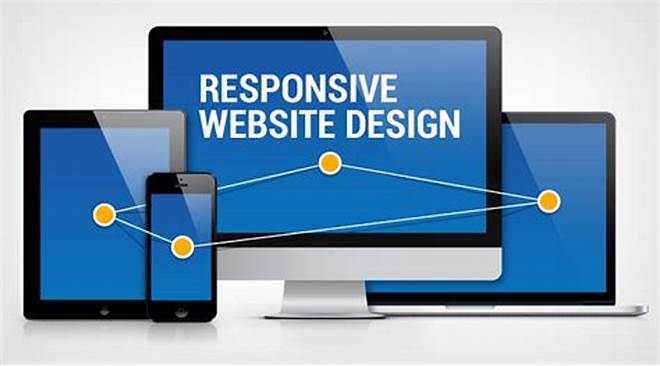In today’s digital landscape, where more consumers shop online than ever before, having an effective e-commerce platform is essential for businesses. One key aspect that significantly impacts user experience and conversion rates is responsive design. This blog will explore the importance of responsive design in e-commerce development and how it can enhance your online store’s performance.

What is Responsive Design?
Responsive design is an approach to web development that ensures a website adapts seamlessly to different screen sizes and devices, providing an optimal user experience. Whether users access your e-commerce site from a desktop, tablet, or smartphone, responsive design ensures that content is easy to read and navigate, regardless of the device.
Why Responsive Design Matters in E-commerce
- Increased Mobile UsageThe rise of smartphones and tablets has revolutionized how consumers shop online. According to recent statistics, mobile devices account for over 50% of all e-commerce traffic. A responsive design allows your online store to cater to this growing demographic by providing a consistent shopping experience across all devices. Failing to implement responsive design may result in potential customers abandoning their carts due to a frustrating experience on mobile.
- Improved User ExperienceA responsive design enhances the user experience by ensuring that navigation is straightforward and that product images and descriptions are clearly visible, regardless of screen size. A well-designed mobile experience helps reduce bounce rates and encourages users to explore more products. By simplifying the checkout process on mobile devices, you can further increase the chances of conversion.
- Better SEO PerformanceSearch engines like Google prioritize mobile-friendly websites in their rankings. With the introduction of mobile-first indexing, Google uses the mobile version of your site as the primary version for ranking purposes. A responsive design ensures your e-commerce site meets search engine criteria, potentially boosting your visibility and organic traffic.
- Cost-Effective MaintenanceMaintaining a separate mobile website can be costly and time-consuming. With responsive design, you only need to manage one site, which simplifies updates and maintenance. This efficiency allows you to focus more on improving your products and services rather than juggling multiple platforms.
- Enhanced Conversion RatesA seamless user experience, coupled with faster loading times and a streamlined checkout process, can significantly enhance conversion rates. Consumers are more likely to complete a purchase if they have a positive experience on your site. Responsive design eliminates the frustration of navigating a non-optimized site, leading to higher sales and repeat customers.
- Future-Proofing Your E-commerce StoreAs technology continues to evolve, so do the devices people use to access the internet. A responsive design allows your e-commerce site to adapt to new screen sizes and resolutions without requiring a complete redesign. This future-proofing ensures that your online store remains relevant and accessible as technology advances.
Conclusion
In the competitive world of e-commerce, having a responsive design is no longer a luxury; it’s a necessity. By ensuring your online store is optimized for all devices, you can improve user experience, boost SEO performance, reduce maintenance costs, and ultimately enhance conversion rates. As consumer behavior continues to shift toward mobile shopping, investing in responsive design is essential for the success and longevity of your e-commerce business.


No responses yet